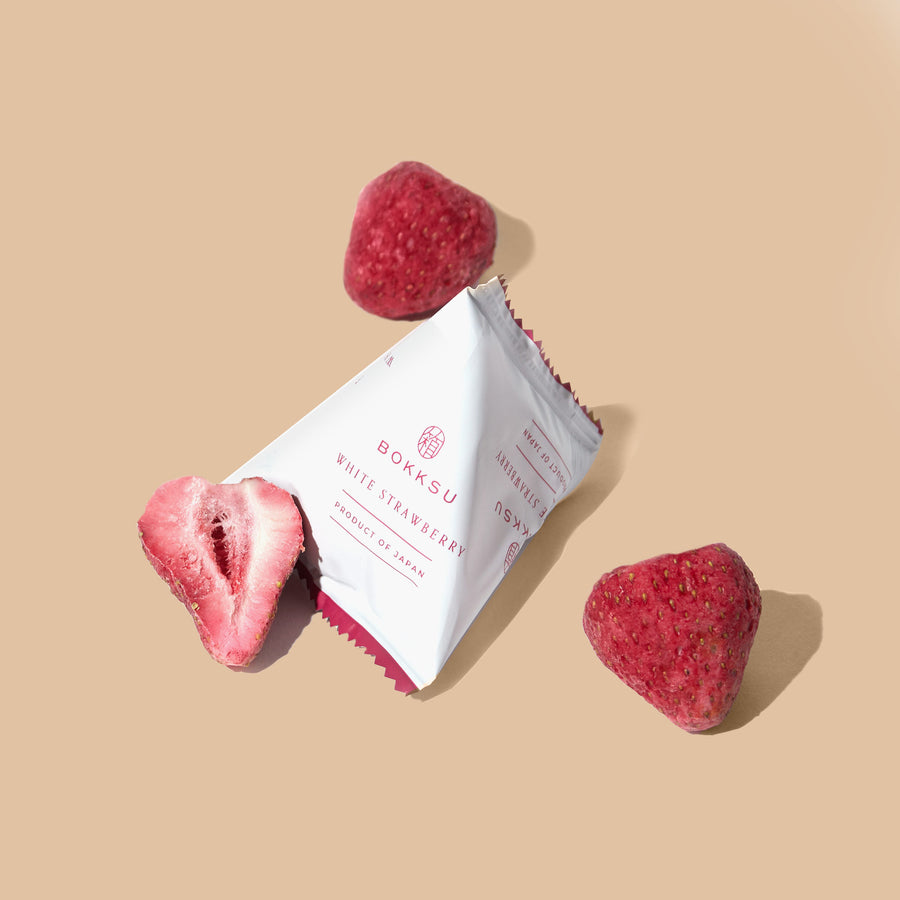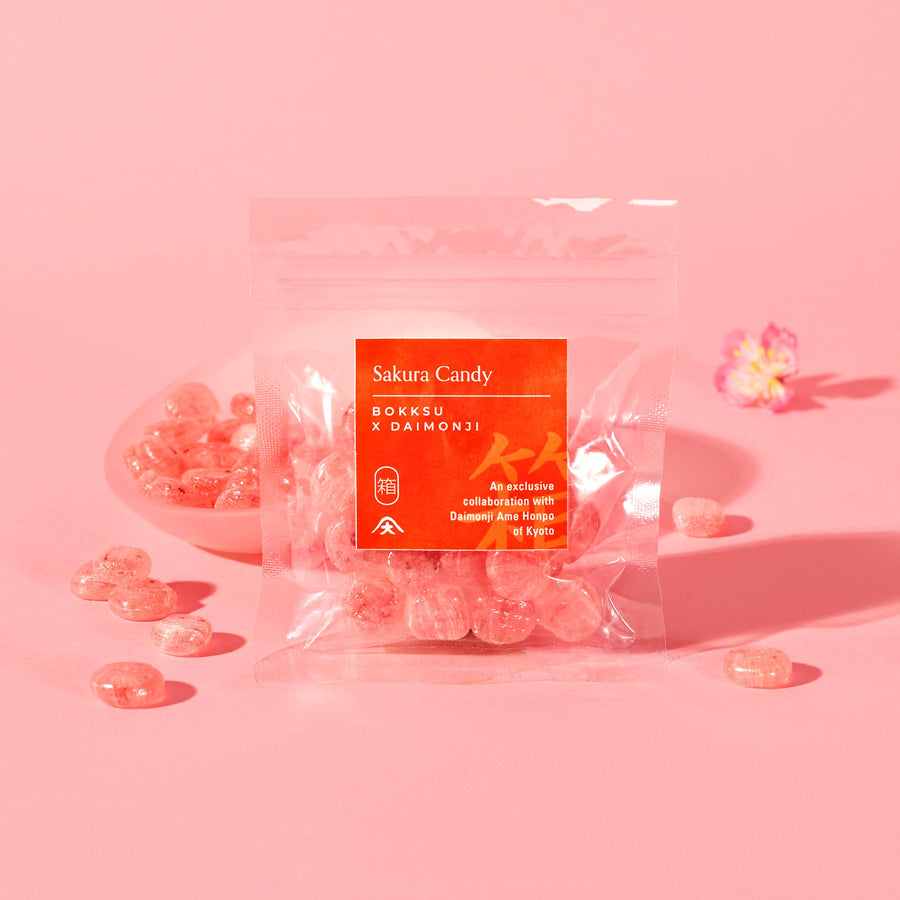How Japanese Candy Stores Are Different From Other Confectioneries
Different cultures have different definitions for what constitutes a candy. Do baked goods count? What about dessert sweets—or is candy something you eat with your hands in between meals? For some, where you buy it matters most, and for others it comes down to the packaging. Whatever your stance on these sweet, sweet semantics, Bokksu would like to welcome one and all to our Japanese candy store. As an international outfit, we've decided to go broad: we count baked goods and wagashi, or traditional Japanese sweets. You can bet we’ll cover chocolates: not just hard candies like, say, our Handmade Yuzu Sake Candy. By the way, you can learn more about that exclusive collab at Market by Bokksu. Consider it Bokksu’s storefront for Japanese candy online, where you’ll find Japanese candy that’s high-quality, rare, and regional. This story, however, features the brick-and-mortar confectionery. We would never pick favorites nor generalize across the diverse landscape of EU sweets. For simplicity’s sake, the Japanese candy store will generally square up vs. the candy shops of the United States. Because flavor also changes based on where one buys their candy, please expect some notes on that, too.
This is not a total fluff piece: here at Bokksu we take our Japanese candy quite seriously. So while we will address the contemporary Japanese candy store (among other purchasing locations), there’s also some groundwork to be laid. Let’s begin with the konpeito, a centuries-old bumpy sugar candy known to many western fans of Japanese video games, film, and television. Konpeito is the offspring of candy-coated nuts and fruit, or comfit, and like Japanese bread, pan, it originates from the Portugese “explorers” who first began trade with Japan (and attempted religious conversion) in the 1500s. Around the same time, sweetened cocoa was spreading through Europe after Spanish colonizers returned home with the Mesoamerican cacao seeds. Chocolate, sugar, and wheat-based baked goods make up the primary components of almost all the candy discussed here. Any differences between western and Japanese candy developed over five hundred years of international trade between Japan, Europe, and, by extension, the Americas. Today it’s easy to see how the American Kit Kat, through contemporary trade and western brand expansion, exploded into a highly specialized and uniquely Japanese import.
Speaking of Kit Kats: most Americans and Japanese consumers of artisanal chocolates still shop European luxury brands, but the down-market chocolate one might buy at a 7-11 will be quite different depending on the hemisphere in which you find yourself. Japanese candy, by and large, is far more adventurous when it comes to flavor. The Kit Kat is a prime example: where the American grocery check-out impulse buy is almost exclusively “milk chocolate,” the Japanese conbini features anything from hazelnut to sakura. Japanese chocolatiers will turn to rose, tea, or even blue cheese when building their proverbial box of chocolates, while the American variety pack rarely strays from caramel, nuts, coconut, or berry.
Given that human taste buds change with age, one would think that children and adults would have different candy options. Another point for Japan! While American candy companies are only now offering “dark” variants on their classics, even these remain quite sweet. One trip to the Japanese candy aisle will...well, for one, it will floor any Japanese candy enthusiast. But it will also reveal what a quick search for “Otona Japanese candy online” will show: an impressive selection with less sugar, designed with the adult palate in mind. Take, for example, candy to pair with your whisky.
As for the Japanese candy store, like its American counterpart, the candy shop is more of a memory than a destination. You’ll likely find Japanese candy at souvenir shops, festival carts, bakeries, specialized shops for specialty sweets, and, as in the United States, at mall kiosks, convenience stores, and grocery aisles. If you’re lucky, you may find a holdout classic Japanese candy store, the dagashiya. Dagashi, like American penny candy, is sold individually and made of cheap ingredients such that schoolchildren can buy them with just a little pocket change. The dagashiya is generally a fairly dark shop of narrow aisles packed to the gills with colorful pouches, cartoon faces, and even toys. Not so different from the ribbon-swirled lollipops, glass jars of taffy, and stuffed animals for sale at nostalgia candy shops in the US.
Today, the closest thing to the old-fashioned Japanese candy store most people will experience is wherever you find Japanese candy online. Rather than fer the “cheap sugar rush” of a dagashiya, Market by Bokksu serves the variety of sweets most contemporary shops no longer offer. The Japanese candy you’ll find at Bokksu is, as it has been in centuries past, regionally-specific, made from locally-sourced ingredients, often crafted by family-owned shops that have lived through generations of candy makers and candy customers alike. Subtract the airfare, and you’ll find we are an excellent substitute.
Author Bio







 Bokksu Snack Box
Bokksu Snack Box

























